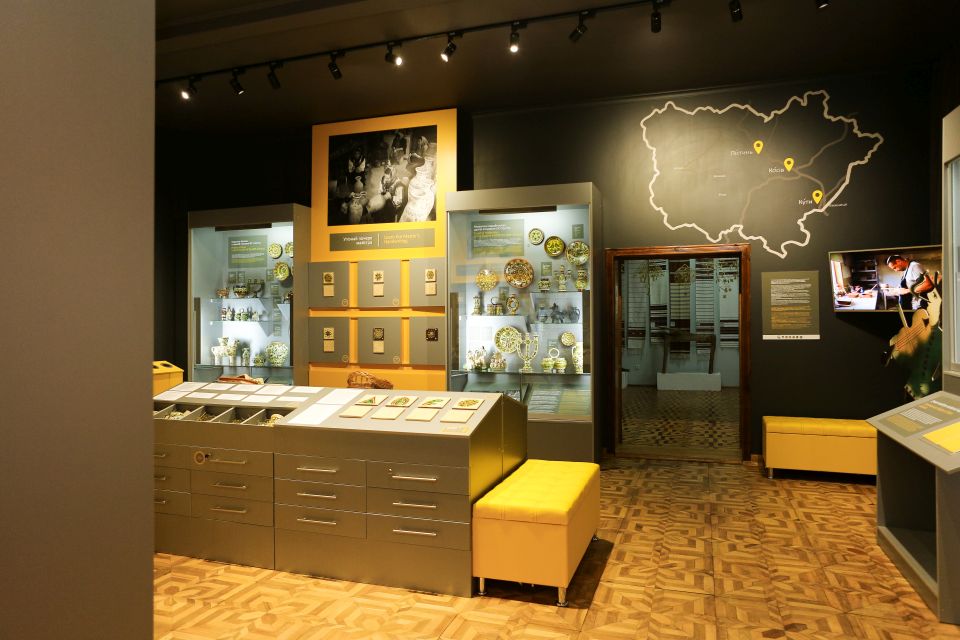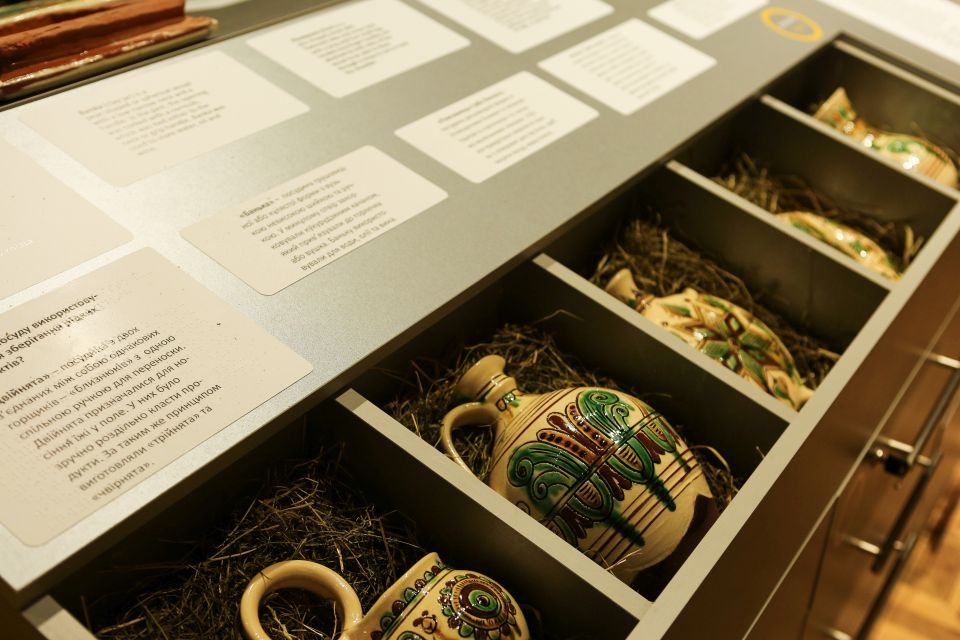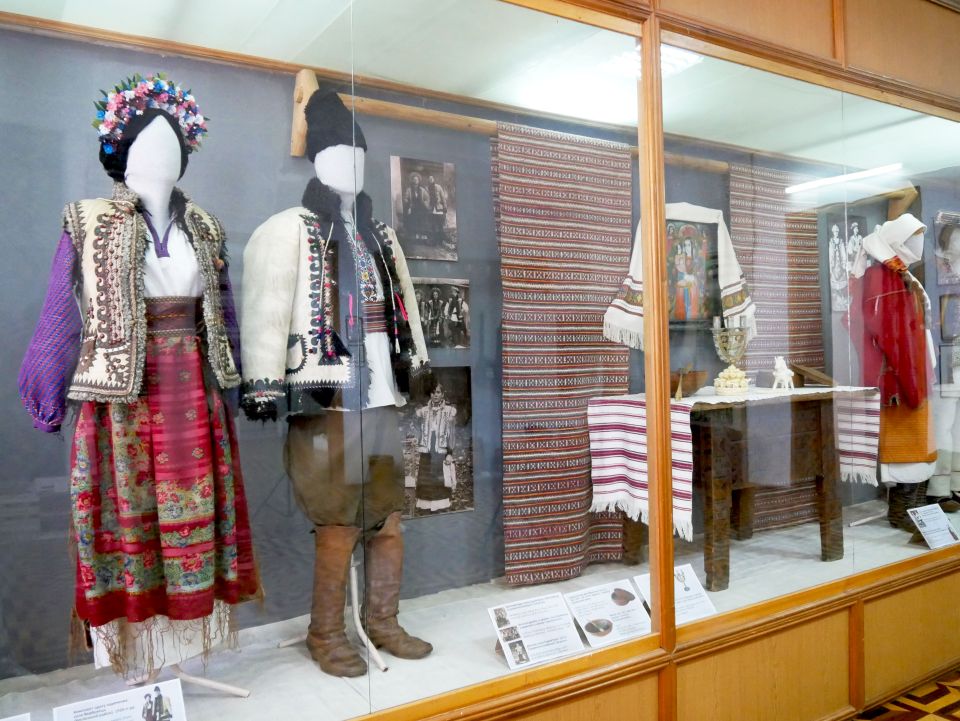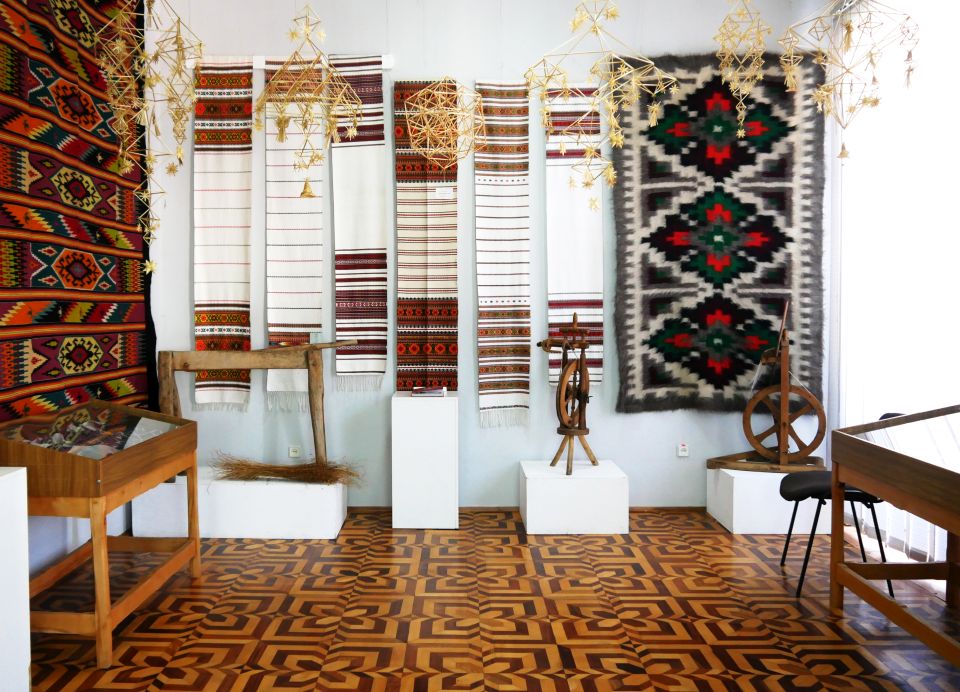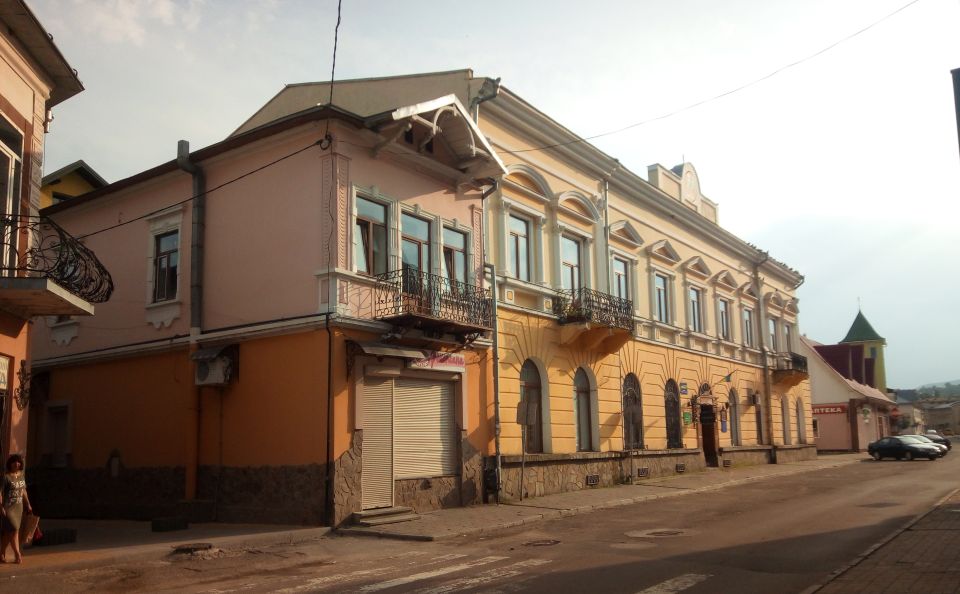
KOSIV MUSEUM OF FOLK ART AND RURAL LIFE OF HUTSUL REGION
The museum was founded in 1969 based on the private collection of the Sagaydachny family. Until 1991, it was located in the Church of St. Basil. After the church was returned to the congregation, the museum was moved to a historic 19th-century building - the former residence of a rabbi. The museum staff continue to work here to this day.
Today, the museum’s staff combine history with modern presentation technologies. Since 2021, the museum has featured an Interactive Hall of Kosiv Ceramics with an engaging, game-based experience and partial adaptation for visually impaired visitors. The museum offers workshops, lectures, and interactive activities for both children and adults.
The museum’s exhibition showcases the history of the Kosiv region as a center of folk crafts: weaving, embroidery, ceramics, artistic woodwork, leatherwork, and metalwork. The museum’s collection contains over 6,000 items. The museum is one of the branches of the National Museum of Folk Art of Hutsulshchyna and Pokuttya.
In four spacious halls, visitors can see authentic traditional costumes from local villages, household items, and works of Hutsul folk art from the 19th century to the present day. The museum’s researchers study the past and present state of crafts, everyday life, culture, and traditions of the Kosiv region, publish books, participate in conferences, and contribute to professional journals.
The museum also features a gallery where exhibitions on various themes are updated monthly.
https://hutsul.museum/museum/structure/kosiv/
